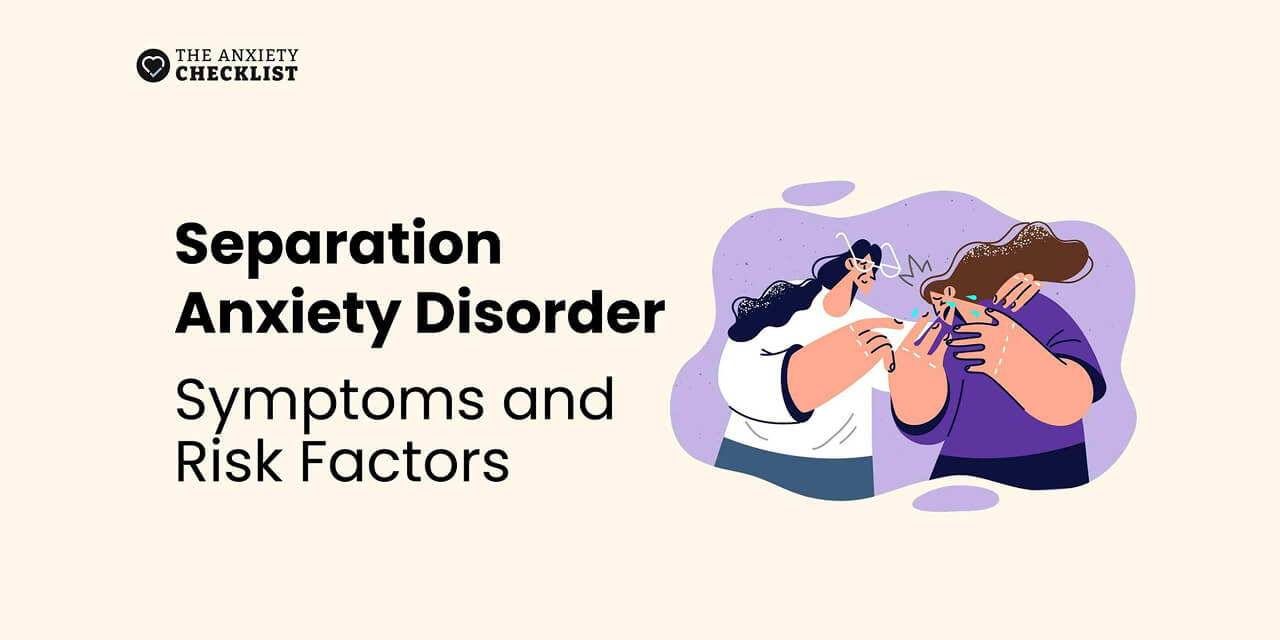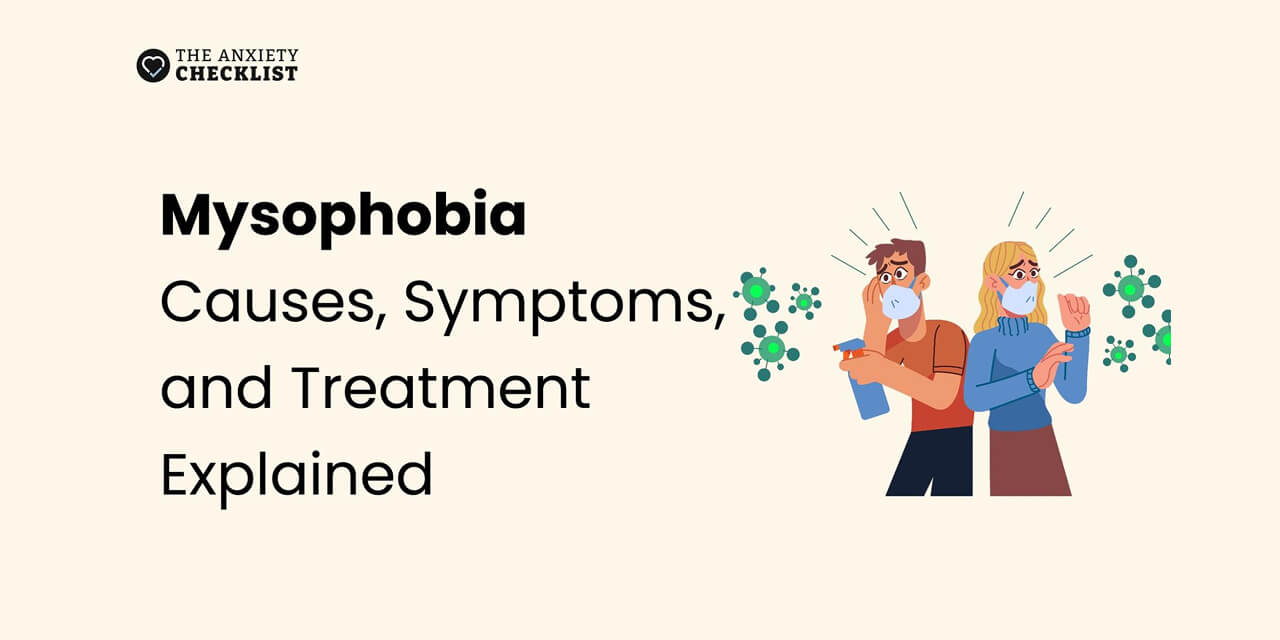What Is Separation Anxiety Disorder?
Separation anxiety disorder is the fear and distress of being left alone or abandoned to the point that it interferes with your daily life.
This shouldn’t be confused with normal separation anxiety that’s common in children. For example, a child may cry when a parent leaves, but calms down shortly after. That’s a healthy part of development.
Separation anxiety disorder is different because the fear doesn’t ease and can continue well beyond childhood. In adults, it shows up as overwhelming worry about losing loved ones or being away from them.
So how do you know when normal worry becomes a serious disorder? Here are some common signs of separation anxiety.
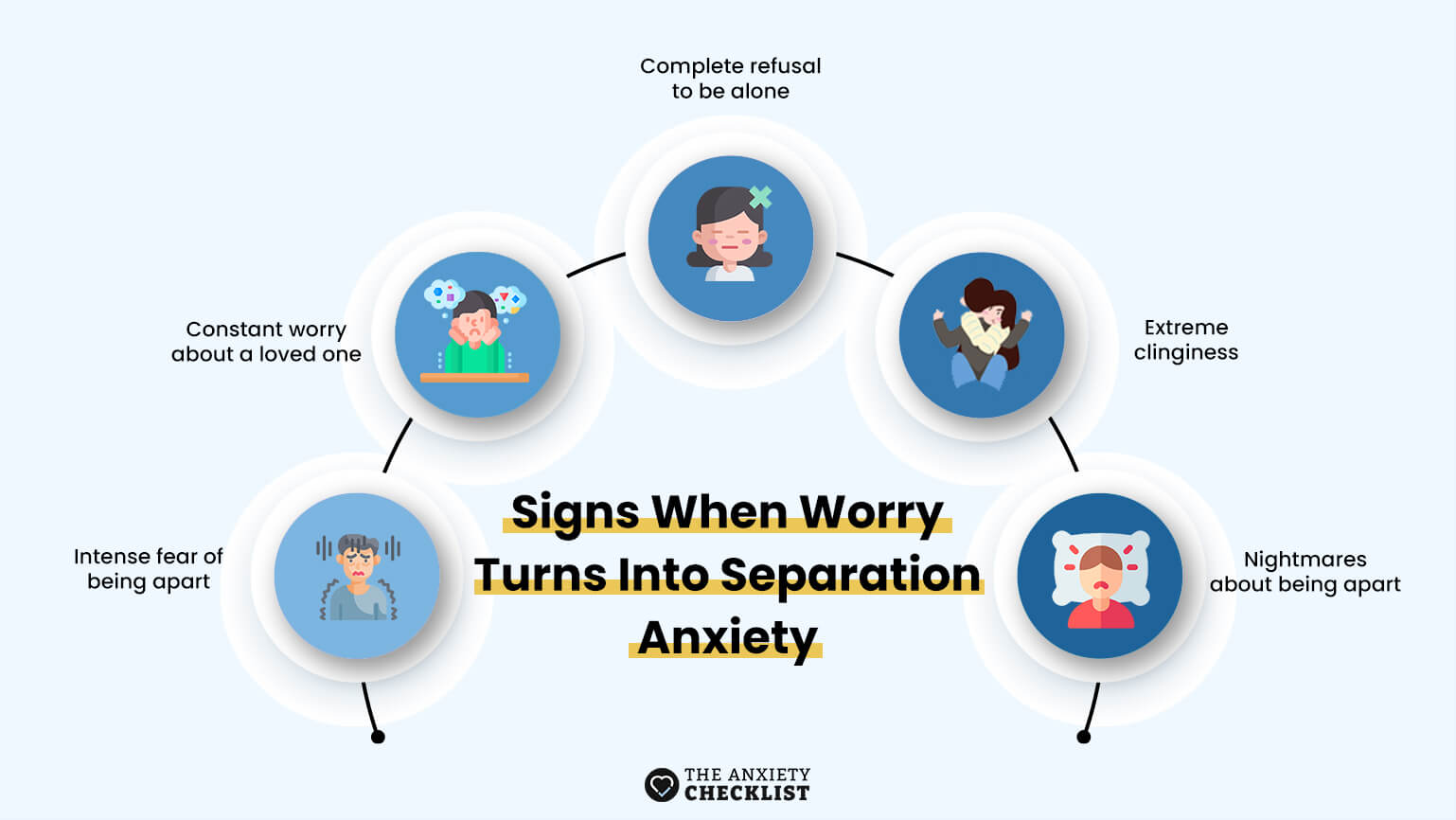
We will cover these signs and symptoms in greater detail in another section. So, keep reading.
Separation Anxiety in Children
There’s a type of separation anxiety in children that is a normal part of growing up. However, it can sometimes grow into something that cripples how they interact with their world. That is separation anxiety disorder, not just regular anxiety.
Kids normally feel upset when apart from parents or caregivers, especially in new situations. For some, though, the fear lingers and turns into separation anxiety disorder.
Knowing how it shows up, where it becomes noticeable, and when it’s a concern can help you better support your child.
It’s also important to remember that these behaviors are not tantrums. They come from genuine fear that feels very real to the child. Don’t punish them for it.
Common Situations Where It Becomes Noticeable
Childhood separation anxiety is most visible during moments of change. Some common situations include:
These situations can trigger panic attacks, excessive crying, or refusal to participate in group activities like playing or reading. Those with separation anxiety disorder have longer reactions to being left alone.
For most situations, children eventually outgrow this type of normal separation anxiety on their own. However, you should start considering it a problem if you see the following:
It’s also important to remember that these behaviors are not tantrums. They come from genuine fear that feels very real to the child. Don’t punish them for it.
Separation Anxiety in Adults
Separation anxiety disorder in adults can be a little deeper, and it shows itself in the following ways.
While children often grow out of normal separation fears, adults with the disorder may carry these patterns for years.
Impact on Daily Life
Separation anxiety disorder in adults can limit how you live. You may avoid job promotions that require travel, skip social events, or hesitate to live independently.
Your relationships become strained because your partner feels pressured by your constant need for reassurance or clinginess.
Work life is also affected. Missed opportunities, difficulty concentrating, or frequent absences can hold you back professionally.
Is anxiety holding you back from the life you deserve?
Separation Anxiety Causes and Risk Factors
Below are risk factors that can increase the chances of developing separation anxiety disorder in both children and adults.
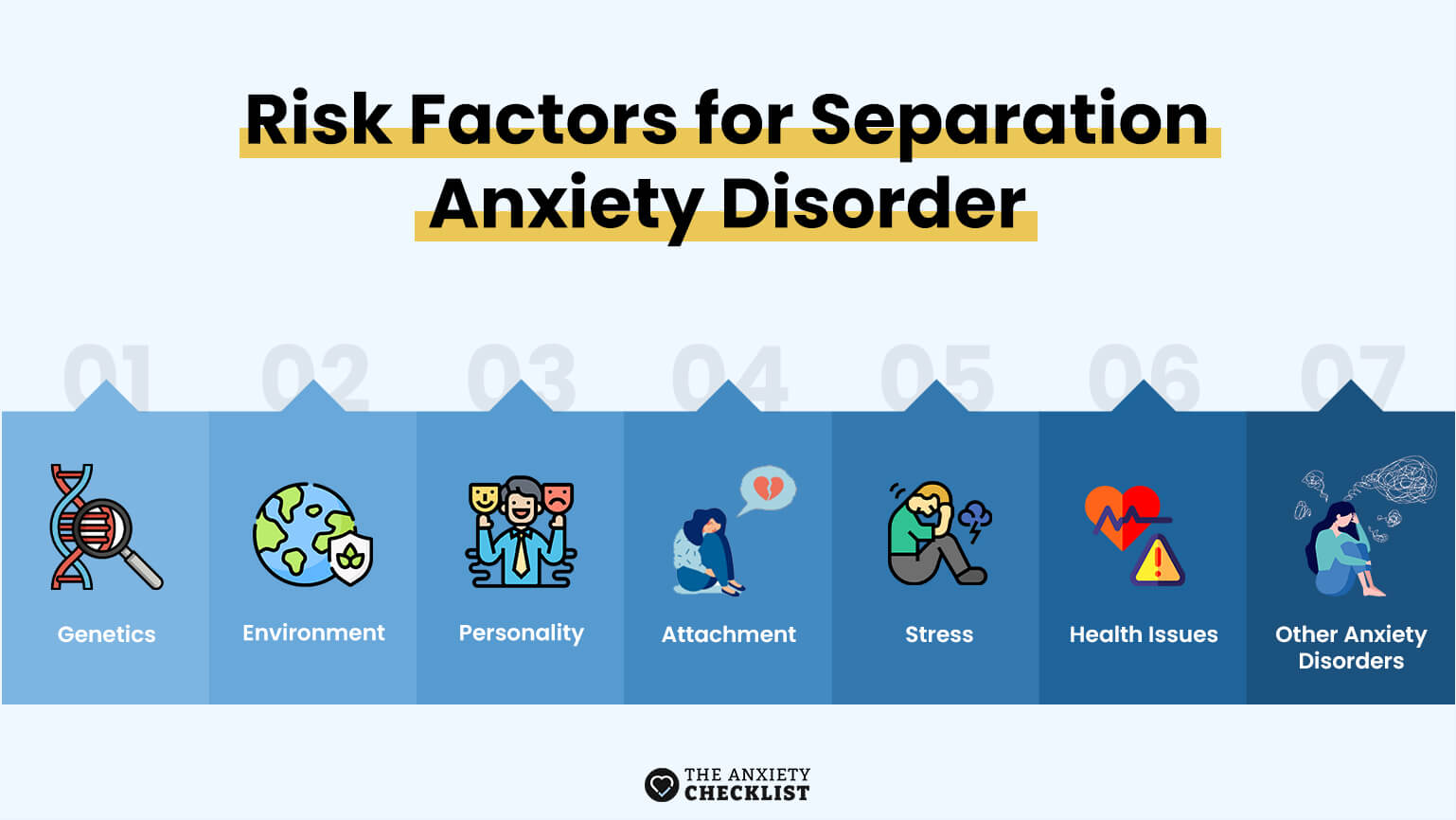
Family History and Genetics
Although the exact mechanics are yet to be established, a research study shows that anxiety can run in families.
If a parent has an anxiety disorder, the chances of the child developing separation anxiety disorder are higher. This may be due to inherited brain chemistry that makes someone more sensitive to stress.
Families also pass down behaviors. If a child grows up seeing a parent react anxiously to separation, they may learn to respond the same way.
Life Events and Environment
Stressful life changes can trigger a separation anxiety disorder. For children, these may include moving to a new school, the arrival of a sibling, or divorce in the family.
For adults, breakups, job loss, or the death of a loved one can lead to ongoing fear of separation.
Traumatic experiences also play a big role. Events like long spells of hospitalization, neglect, or sudden loss of financial stability can alter your personality. Your brain starts connecting separation with danger.
Temperament and Personality
Some people are naturally more cautious and sensitive. That can make them more vulnerable to separation anxiety disorder.
For example, children who are shy, highly reactive to stress, or who take longer to adjust to change often struggle more with being apart from parents. Adults with a strong tendency to overthink or ruminate on negative thoughts also struggle with loneliness.
Just to be clear, these personality traits don’t directly cause the disorder, but cause stronger reactions to stress and separation.
Parenting and Attachment
The bond between a child and a primary caregiver strongly affects how safe they feel when apart.
Consistent, supportive parenting helps children build trust and independence. In contrast, overprotective or inconsistent parenting can make a child believe the world isn’t safe without their parents.
Furthermore, children who grow up without secure attachments may carry this fear into adulthood. That’s where it shows up as separation anxiety disorder in romantic relationships and friendships.
Stress and Ongoing Pressure
Daily stress can make separation anxiety disorder worse. A child facing academic pressure or bullying at school may feel separation as an added burden.
Adults dealing with financial strain, work deadlines, or unstable relationships may experience a stronger fear of being separated from their support system.
When stress levels remain high, the body and brain become more sensitive to anxiety triggers. This can make any separation feel unsafe, even when nothing is wrong.
Physical Health Issues
Ongoing medical problems can increase the risk of separation anxiety disorder. For example, children who spend long periods in hospitals tend to develop a strong fear of being without their parents.
The same applies to adults who battle chronic illness. Most are usually scared that they may end up relying heavily on loved ones for support. The thought of being separated from them worsens their separation anxiety disorder.
This separation anxiety is linked to thoughts of something happening while alone, creating a cycle of dependence and avoidance.
Other Anxiety Disorders
Having other anxiety disorders and fears, like agoraphobia, raises the risk of developing full-blown separation anxiety disorder. Others, like panic, social anxiety, and generalized anxiety disorder, sometimes share symptoms that overlap.
For example, someone who’s had panic attacks may begin to fear that being away from loved ones will trigger another one. This overlap makes separation anxiety even worse.
Symptoms of Separation Anxiety Disorder
Managing separation anxiety disorder starts with clearly identifying the signs. Here are some separation anxiety disorder symptoms to keep an eye out for.
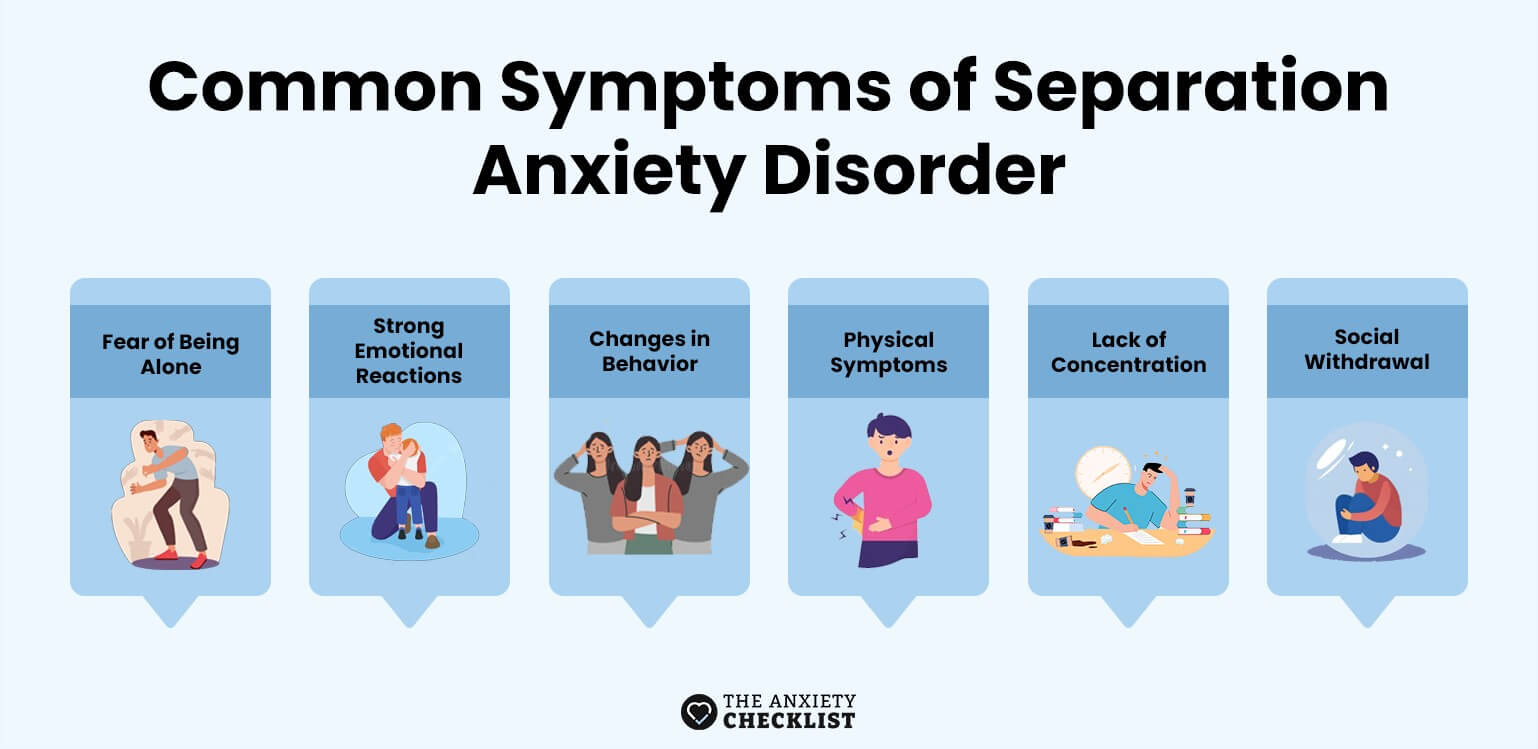
Fear of Being Alone
The most common symptom of separation anxiety disorder is a strong fear of being alone. Children may follow a parent from room to room, unable to relax if they’re out of sight.
Adults may avoid living alone or feel panicked when left without company. This causes dependence on others for comfort and safety, creating strain in relationships.
Strong Emotional Reactions
Emotional reactions are often the strongest indicators of anxiety. Children may cry often, beg not to be left alone, or show extreme fear when a parent leaves the house.
Their excessive worry usually centers on safety, such as fearing something bad will happen to their caregiver.
Adults with separation anxiety disorder often experience intense worry about loved ones, imagining accidents, illness (hypochondriasis), or death (thanatophobia).
Behavior Changes
Behavioral symptoms usually show through actions.
A child may refuse to go to school, hide when it’s time to leave, or insist on constant contact with their parent. Adults may call or text their partner repeatedly, avoid travel, or refuse to spend time apart.
All these behaviors can disrupt normal routines and relationships in children and adults.
Physical Symptoms
Separation anxiety disorder can manifest in physical symptoms. Children may complain of stomachaches, headaches, or nausea right before a separation. These complaints feel real to them, even if they don’t have an easily discernible medical cause.
In adults, this can show in the form of muscle tension or fatigue. Sleep troubles or repeated nightmares about separation are also common in both age groups. This is the body reacting as though it were in real danger.
Difficulty Concentrating
Fear of separation can make it hard to focus. A child at school may spend the whole day worrying about whether their parents are safe. This affects their learning and friendships.
Adults may lose focus at work because their thoughts are consumed by the idea of harm befalling a loved one. This constant mental distraction can affect performance, mood, and relationships over time.
Social Withdrawal
People with separation anxiety disorder may develop social anxiety to avoid activities they once enjoyed. A child may refuse playdates, camps, or after-school programs because they don’t want to be apart from their parents.
Adults may skip social events, cancel trips, or even turn down bigger career opportunities if it means being away from loved ones.
This isolation often feeds the anxiety, making it harder to break the cycle.
Treatment and Management Options for Separation Anxiety
Treatment options for separation anxiety disorder mostly focus on management. Some of the options include the following.
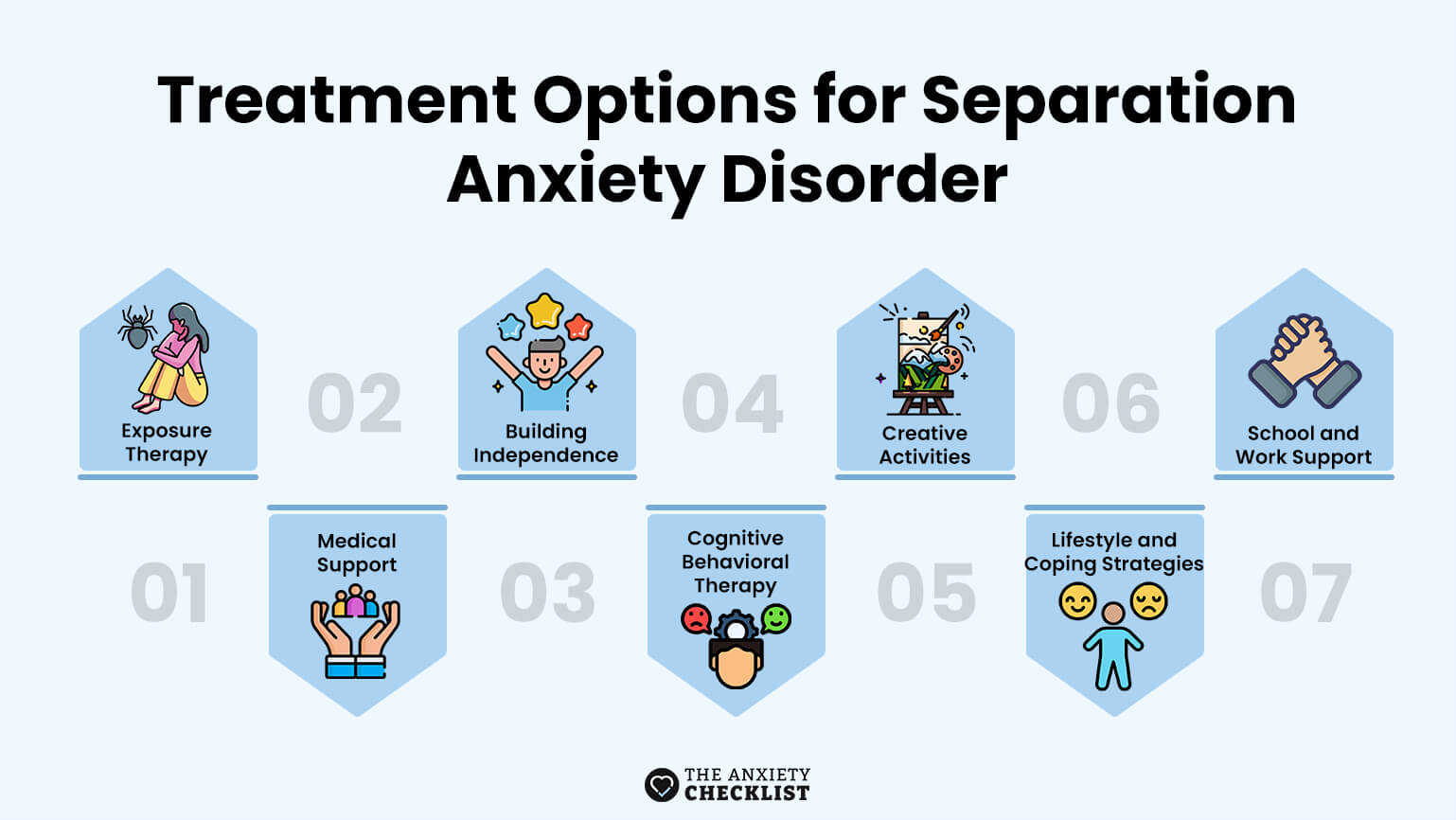
Cognitive Behavioral Therapy
This is often the first step in dealing with separation anxiety disorder, and it generally involves several stages as illustrated in the image below.
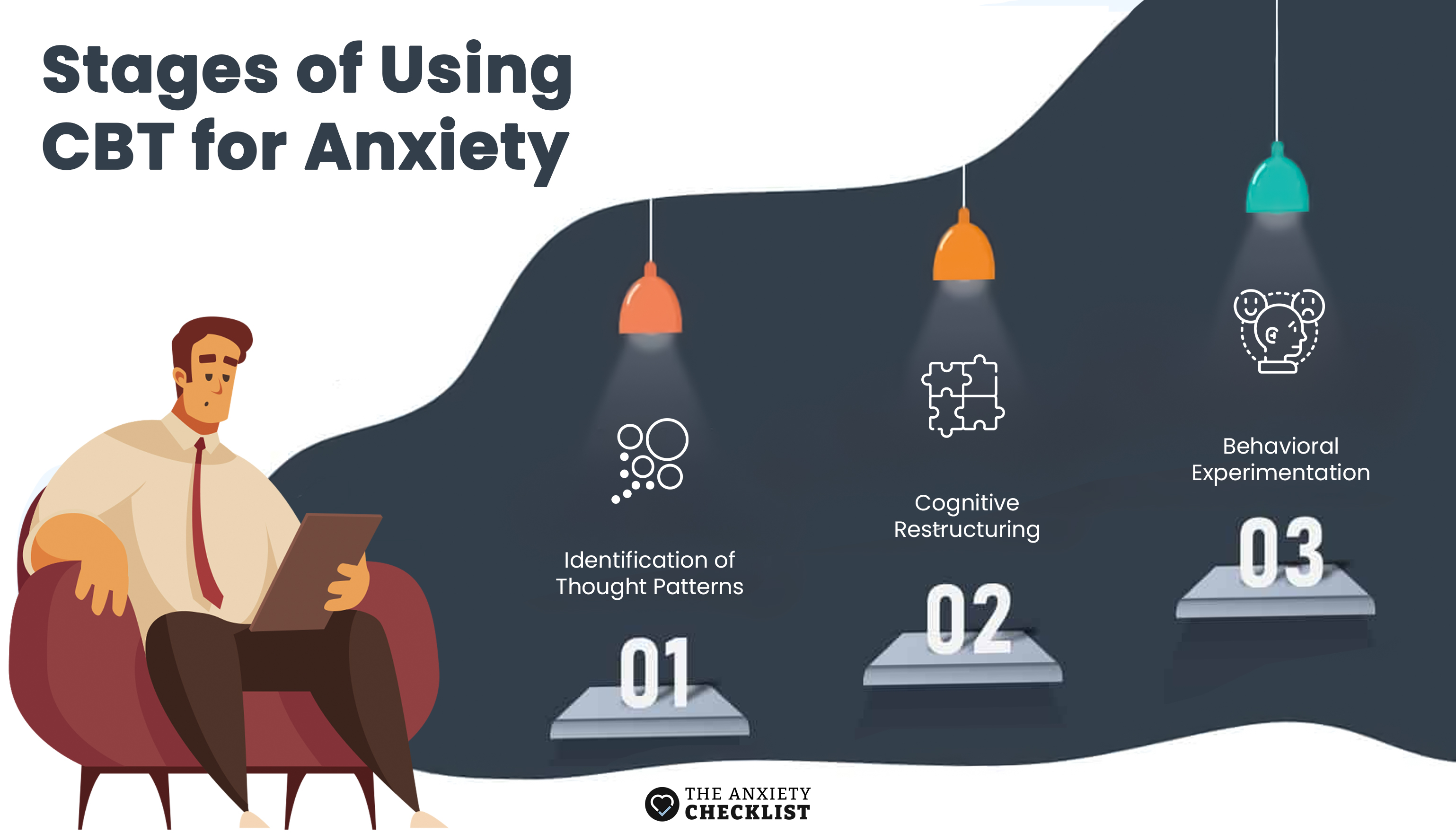
For separation anxiety in children, cognitive behavioral therapy focuses on helping them replace fearful thoughts with more balanced ones. It helps them practice short separations in safe ways until they get used to it.
Parents are usually involved in this process, so the child learns to cope gradually.
Medical Support
Medical intervention is sometimes needed when separation anxiety symptoms are too severe or other treatments aren’t enough. Psychiatrists may prescribe antidepressants or anti-anxiety medication to help regulate mood and reduce panic.
However, antidepressants should be a last resort for treating separation anxiety disorders in children and adolescents. This is because these drugs have heavy side effects. Medical treatment for children should lean more towards therapy.
Adults with separation anxiety disorder may respond better by combining psychotherapy treatment with self-awareness and coping strategies.
Lifestyle and Coping Strategies
Lifestyle changes play a big part in recovery. For children, having routines and predictable schedules can reduce worry. More importantly, parents can teach calming techniques like breathing exercises before school or bedtime.
Adults can use relaxation practices, physical exercises, mindful meditation, and structured routines that reduce worry. Anxiety support groups can also help by giving a safe outlet for anxious thoughts.
Building Independence
Encouraging independence helps younger children feel safe away from their parents. This can mean sleepovers, short playdates, or practicing being alone at home for short periods.
Adults may work on building comfort with solo activities, like going out alone or managing time away from a partner. Small steps build confidence and reduce fear over time.
Exposure Therapy
This is another possible treatment and management option for both children and adults with separation anxiety disorder. It involves several steps, as shown below.
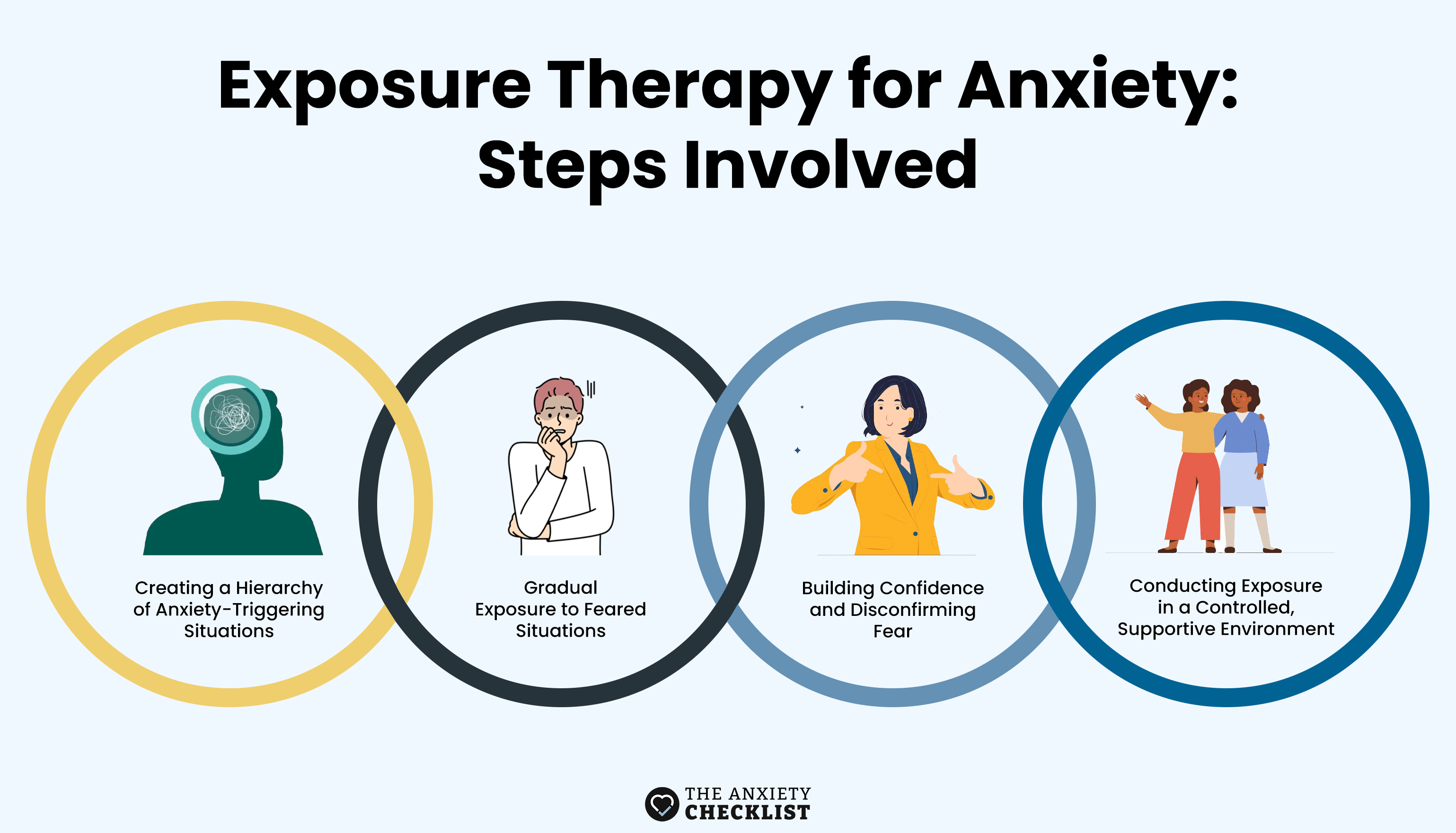
A child may start exposure therapy with short separations and build up to longer ones, while an adult may practice being alone or limiting constant calls to loved ones.
Family therapy may be involved if parents, partners, or siblings play a significant role in triggering the anxiety.
School and Work Support
Support in school or at work can make a big difference. Teachers may allow gradual separation for a child, such as letting a parent wait nearby at first.
Adults may talk to their managers about flexible schedules during treatment or set boundaries that reduce stress.
Being surrounded by understanding teachers, bosses, colleagues, and partners can ease pressure and help you build coping skills.
Creative Activities
Creative activities can lower anxiety for both children and adults. Art, sports, or mindfulness exercises help children redirect worry. Adults may use music, relaxation practices, journaling, or volunteering as healthy distractions.
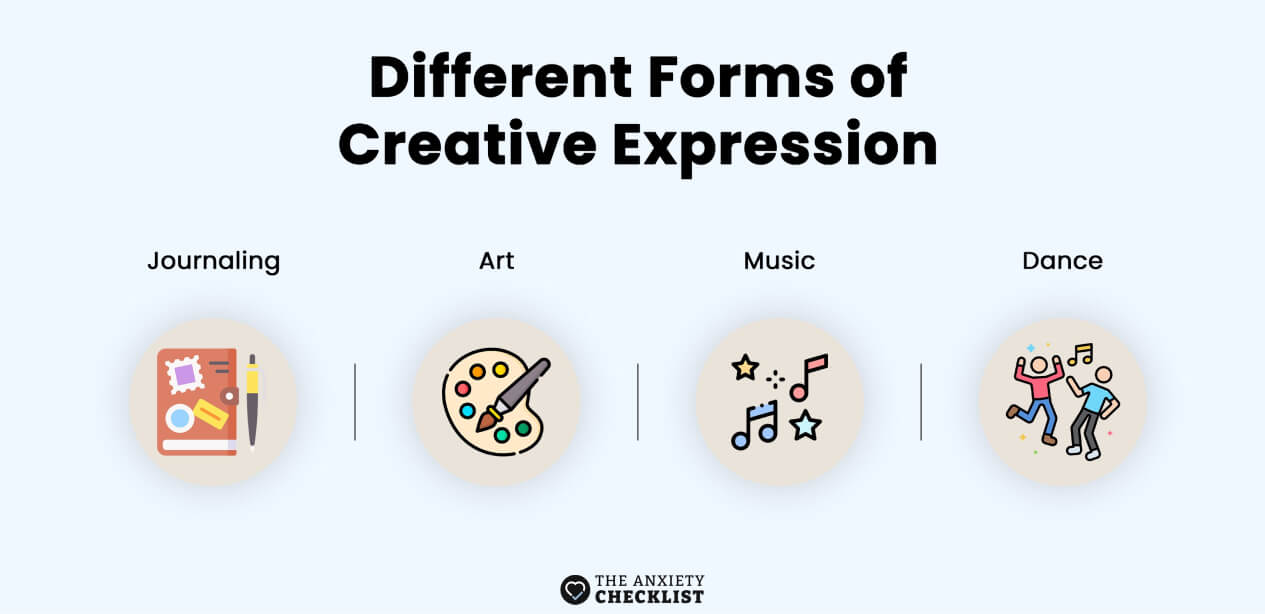
These activities reduce stress and make it easier to focus on recovery instead of the constant fear of separation.
Frequently Asked Questions
Conclusion
Previous Article
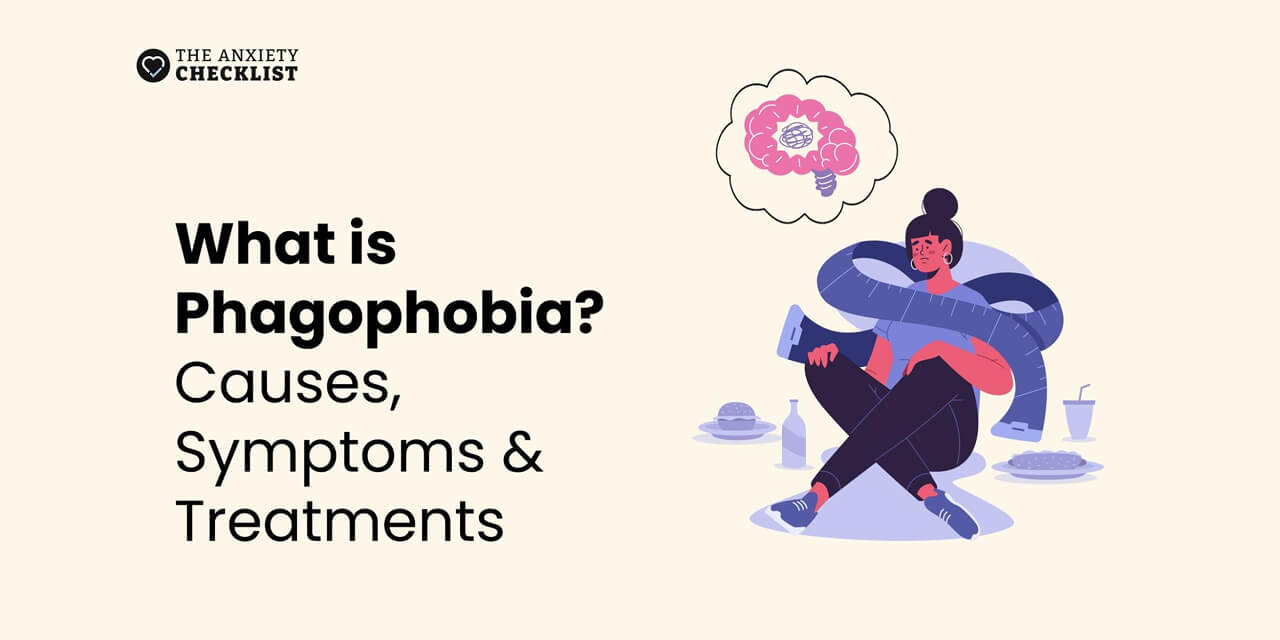
What is Phagophobia? Causes, Symptoms & Treatments

Advertisement
BetterHelp
BetterHelp makes starting therapy easy. Get a tailored therapist match based on your needs and preferences - in as little as 24 hours!
Enjoy 20% off your first month with code "anxietycheck"

4 million+ Helped
Access Therapy 24/7
Preferred by 94% of users
If you are in a crisis or any other person may be in danger - don't use this site. These resources can provide you with immediate help.


